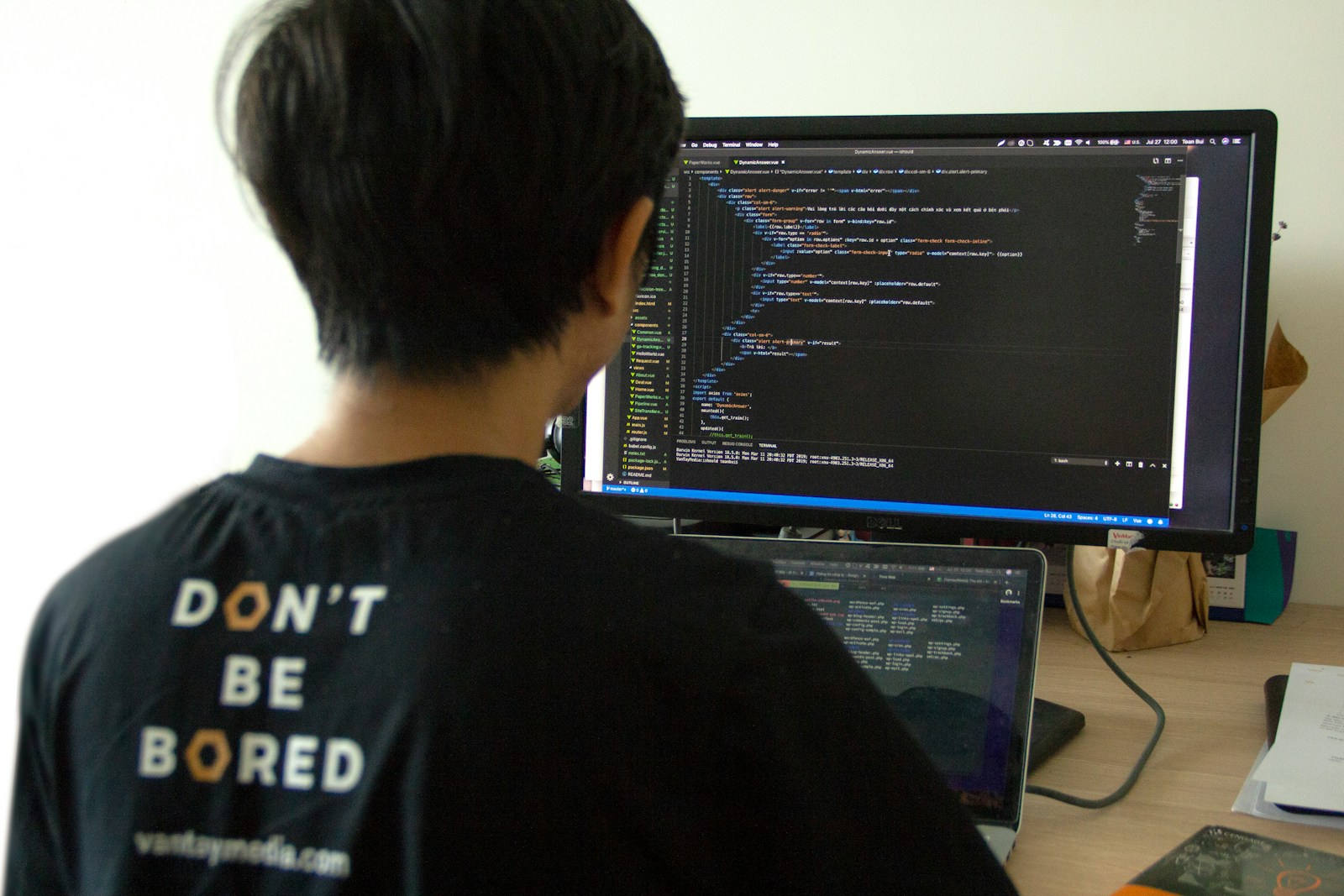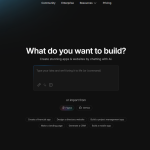Vibe Coding in the Next Decade: Programming with Intuition and Flow
As we look toward the next ten years, from 2025 to 2035, the concept of “vibe coding” is poised to redefine how developers interact with code, tools, and creative processes. Vibe coding, a term that encapsulates programming driven by intuition, creativity, and seamless human-machine collaboration, is not just a trend but a paradigm shift. It emphasizes the emotional and experiential aspects of coding, where developers prioritize flow states, aesthetic workflows, and environments that resonate with their styles. Here’s a look at how vibe coding could evolve over the next decade, blending cutting-edge technology with human-centric design.
The Rise of Vibe Coding: What It Means
Vibe coding is about creating an immersive, intuitive programming experience. It’s less about rigid syntax or battling error messages and more about crafting code in environments that feel natural, inspiring, and even joyful. Think of it as coding in a state of flow, where the tools, interfaces, and feedback loops align with a developer’s mental and emotional rhythm. By 2035, advancements in AI, augmented reality (AR), and neural interfaces will likely make vibe coding a dominant approach, transforming programming into an art form as much as a technical skill.
Key Trends Shaping Vibe Coding by 2035
1. AI-Powered Coding Companions
AI assistants, like advanced versions of tools seen today, will act as creative partners rather than just error-checkers or code generators. These systems will understand a developer’s style, preferences, and even mood, suggesting code snippets, design patterns, or optimizations that match their “vibe.” For example, an AI might detect a developer’s preference for minimalist, functional code and tailor its suggestions to avoid verbose frameworks. By 2035, expect AI to integrate with real-time biometrics (e.g., heart rate, eye tracking) to adapt workflows dynamically, keeping coders in a productive flow state.
2. Immersive AR/VR Coding Environments
Augmented and virtual reality will revolutionize coding interfaces. Instead of staring at a flat IDE, developers might work in 3D spaces where code blocks float as interactive, holographic nodes. Imagine dragging a function into a visual pipeline or debugging by walking through a virtual “code city” where bugs glow red. These environments will be customizable to reflect personal aesthetics—think neon cyberpunk themes or serene forest-inspired layouts—making coding feel like stepping into a personalized creative studio.
3. Voice and Gesture-Driven Programming
Typing will take a backseat as voice and gesture controls become more precise. Developers could dictate high-level logic (“create a REST API with these endpoints”) or manipulate code with hand gestures, like sculpting a program in real time. Combined with natural language processing, this will make coding more accessible, especially for those who find traditional syntax intimidating. By 2035, expect coding to feel like a conversation with a machine that intuitively understands your intent.
4. Collaborative Vibes: Social Coding Spaces
Vibe coding will extend to collaborative environments where teams share digital “vibe rooms.” These virtual spaces, powered by real-time cloud platforms, will let developers co-create in immersive settings, with shared aesthetics and synchronized workflows. Think of a team coding in a virtual jazz club, where the rhythm of the music subtly influences commit frequency or color schemes reflect team energy. Social coding will blend productivity with community, making remote work feel deeply connected.
5. Emotional Feedback Loops
Future IDEs might incorporate emotional intelligence, using sensors to gauge a coder’s frustration or excitement. If a developer is stuck, the system could suggest a break, play calming music, or simplify the interface to reduce cognitive load. Conversely, when in a high-energy state, the environment might amplify this with vibrant visuals or faster feedback cycles. This creates a coding experience that feels alive and responsive, fostering creativity and reducing burnout.
The Role of Aesthetics in Code
Aesthetic code—clean, elegant, and expressive—will become a hallmark of vibe coding. Developers will prioritize not just functionality but also how the code feels to write and read. Tools will emerge to visualize codebases as art, with metrics like “code harmony” or “structural elegance” guiding refactoring. By 2035, expect communities to share “vibe libraries”—collections of code designed for specific emotional or aesthetic impacts, like a library optimized for “zen-like simplicity” or “chaotic creativity.”
Challenges and Considerations
While vibe coding promises a more human-centric future, challenges remain. Over-reliance on AI could disconnect developers from core programming skills, creating a gap between “vibe coders” and those who understand low-level systems. Accessibility will also be key, ensuring diverse developers can access these immersive tools without prohibitive costs. Finally, balancing creativity with discipline will be crucial to avoid vibe coding becoming a distraction rather than a productivity booster.
The Future Is Vibes
By 2035, vibe coding will likely make programming feel less like labor and more like an extension of creative expression. Developers will work in environments that adapt to their emotions, aesthetics, and workflows, powered by AI, AR, and intuitive interfaces. This shift will democratize coding, inviting a broader range of creators to build software that reflects their unique perspectives. The next decade of coding won’t just be about what we build—it’ll be about how it feels to create.
So, get ready to code with vibes. The future of programming is intuitive, immersive, and deeply personal. What’s your coding vibe going to be?


